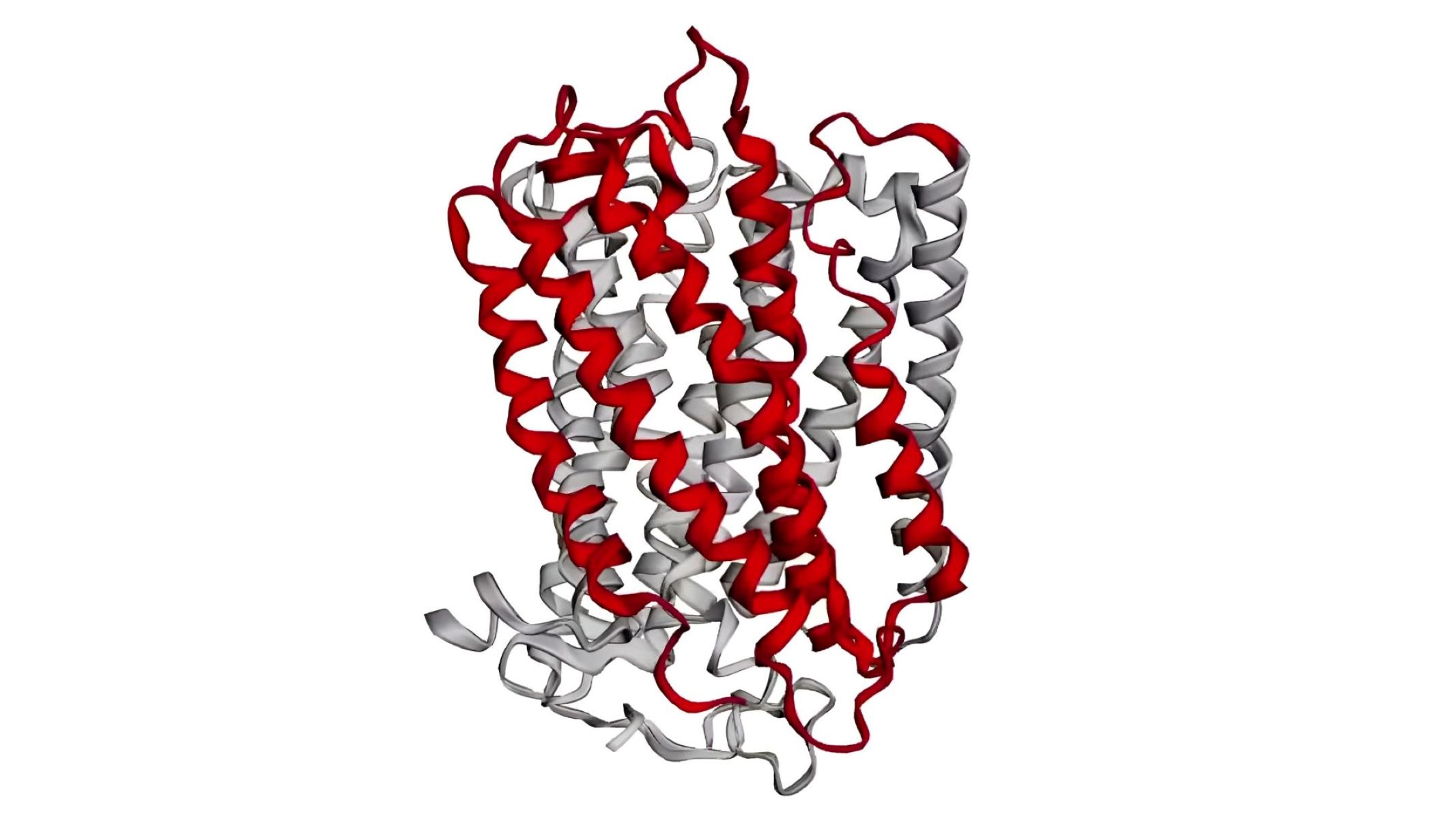
Cytochrome C Oxidase is a vital enzyme in the electron transport chain, playing a key role in cellular respiration. Found in the mitochondria, it helps produce ATP, the energy currency of cells. Without it, our cells couldn't efficiently generate energy. This enzyme is also a marker for various diseases, making it crucial for medical research. Did you know that Cytochrome C Oxidase is highly conserved across species, from bacteria to humans? This means its structure and function have remained largely unchanged through evolution. Let's dive into 50 intriguing facts about this essential enzyme, shedding light on its importance in biology and medicine.
Key Takeaways:
- Cytochrome C Oxidase is like a power plant in our cells, helping to make energy. If it doesn't work right, it can cause problems like muscle weakness and even heart issues.
- Scientists are studying Cytochrome C Oxidase to learn more about how it affects our health. They hope to use this knowledge to develop new treatments and diagnostic tools.
What is Cytochrome C Oxidase?
Cytochrome C Oxidase (COX) is a crucial enzyme in the electron transport chain, playing a vital role in cellular respiration. It helps produce ATP, the energy currency of cells. Let's dive into some fascinating facts about this enzyme.
- COX is found in the mitochondria, the powerhouse of the cell.
- It is the last enzyme in the respiratory electron transport chain.
- COX facilitates the transfer of electrons from cytochrome c to oxygen.
- This enzyme helps reduce oxygen to water.
- COX is essential for aerobic respiration.
- It is composed of multiple subunits.
- In humans, COX has 13 subunits.
- The enzyme is encoded by both mitochondrial and nuclear DNA.
- Mutations in COX genes can lead to severe metabolic disorders.
- COX activity can be measured to diagnose mitochondrial diseases.
Structure of Cytochrome C Oxidase
Understanding the structure of COX can provide insights into its function and importance. The enzyme's complex architecture is a marvel of biological engineering.
- COX has a binuclear center containing heme a3 and copper B.
- It also has a dinuclear copper center called CuA.
- The enzyme's structure was first determined using X-ray crystallography.
- COX's structure allows it to efficiently transfer electrons.
- The enzyme's subunits are arranged in a specific order.
- COX's structure is highly conserved across different species.
- The enzyme's active site is buried deep within its structure.
- COX's structure includes several transmembrane helices.
- The enzyme's structure is stabilized by various interactions.
- COX's structure can be affected by mutations.
Function of Cytochrome C Oxidase
COX plays a pivotal role in cellular energy production. Its function is critical for the survival of aerobic organisms.
- COX catalyzes the reduction of oxygen to water.
- The enzyme helps maintain the proton gradient across the mitochondrial membrane.
- COX's activity is regulated by various factors.
- The enzyme's function is essential for ATP synthesis.
- COX helps prevent the buildup of reactive oxygen species.
- The enzyme's function can be inhibited by certain toxins.
- COX's activity can be modulated by changes in cellular conditions.
- The enzyme's function is crucial for maintaining cellular homeostasis.
- COX's activity is linked to the cell's metabolic state.
- The enzyme's function is vital for energy metabolism.
Cytochrome C Oxidase and Human Health
COX's role in cellular respiration makes it a key player in human health. Its dysfunction can lead to various diseases and health issues.
- Mutations in COX genes can cause mitochondrial diseases.
- COX deficiency can lead to muscle weakness and neurological problems.
- The enzyme's dysfunction is linked to certain types of cancer.
- COX activity can be affected by environmental factors.
- The enzyme's dysfunction can lead to metabolic disorders.
- COX activity is crucial for brain function.
- The enzyme's dysfunction is linked to neurodegenerative diseases.
- COX activity can be used as a biomarker for certain diseases.
- The enzyme's dysfunction can lead to heart problems.
- COX activity is essential for maintaining overall health.
Research and Cytochrome C Oxidase
Research on COX continues to uncover new insights into its function and importance. Scientists are exploring various aspects of this enzyme to better understand its role in health and disease.
- COX is a target for drug development.
- Researchers are studying COX's role in aging.
- The enzyme is being investigated for its role in cancer.
- COX's structure is being studied to develop new therapies.
- Researchers are exploring ways to modulate COX activity.
- The enzyme's role in neurodegenerative diseases is a focus of research.
- COX is being studied for its role in metabolic disorders.
- Researchers are investigating COX's role in immune function.
- The enzyme's activity is being studied in various disease models.
- COX research is helping to develop new diagnostic tools.
Final Thoughts on Cytochrome C Oxidase
Cytochrome C Oxidase plays a crucial role in cellular respiration. This enzyme, found in mitochondria, helps produce ATP, the energy currency of cells. Without it, life as we know it wouldn't exist. It's fascinating how such a small protein can have such a massive impact on our bodies.
Understanding Cytochrome C Oxidase can lead to breakthroughs in medicine, especially in treating diseases linked to mitochondrial dysfunction. Scientists continue to study this enzyme to unlock more secrets about its functions and potential applications.
So, next time you hear about cellular respiration, remember the unsung hero, Cytochrome C Oxidase. It’s a tiny powerhouse keeping our cells alive and kicking. Keep exploring the wonders of science, and who knows what other amazing facts you'll uncover.
Frequently Asked Questions
Was this page helpful?
Our commitment to delivering trustworthy and engaging content is at the heart of what we do. Each fact on our site is contributed by real users like you, bringing a wealth of diverse insights and information. To ensure the highest standards of accuracy and reliability, our dedicated editors meticulously review each submission. This process guarantees that the facts we share are not only fascinating but also credible. Trust in our commitment to quality and authenticity as you explore and learn with us.


